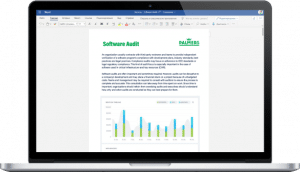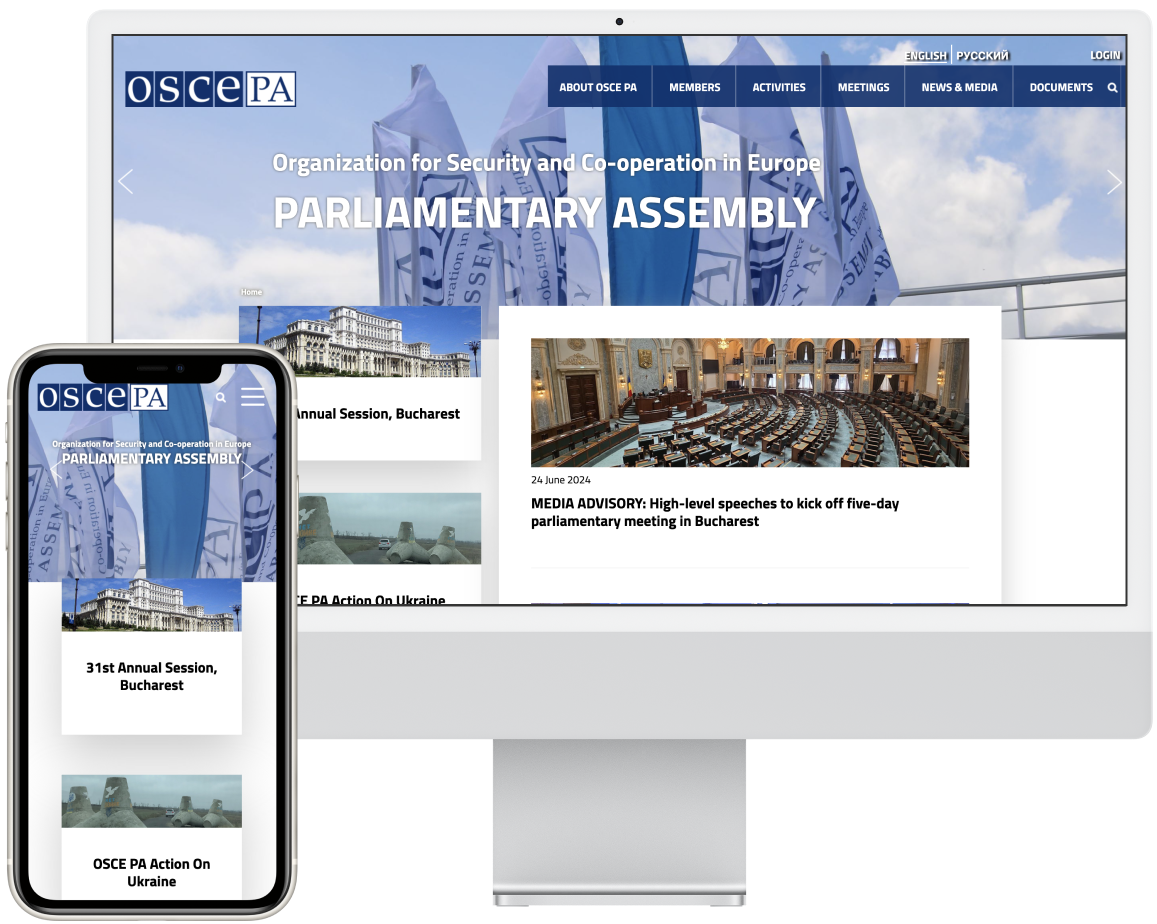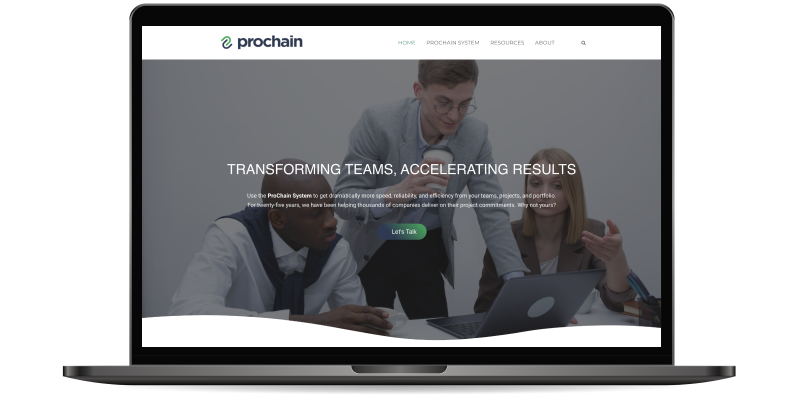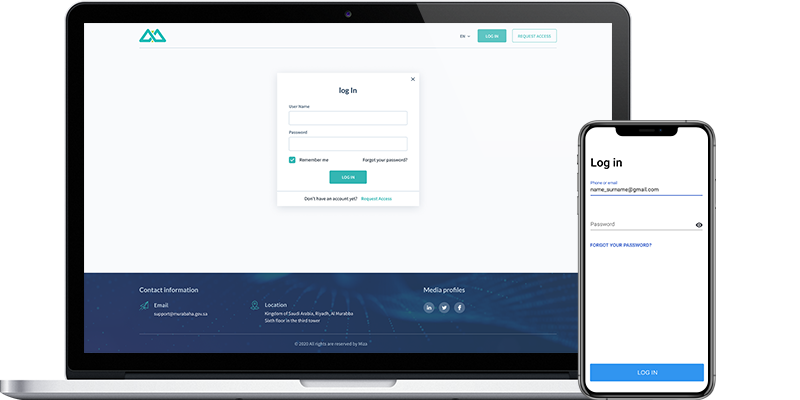What we offer
Through the IT audit software, we can analyze any system or application developed by our clients or other companies. This service helps to identify weaknesses and risks, find out software issues, get improvement suggestions.
Overall, there are four basis evaluation technologies that power the software audit tools:
- Measuring
- Questioning
- Review workshops
- Validating
A software audit provides for an independent review of software architecture by external specialists. In our case, we offer a professional assessment of various software parameters and criteria. If you have a digital solution but aren’t sure of its quality, a professional software auditor is exactly what you need as unsuitable architecture may harm business processes, increase unnecessary spending, and limit growth opportunities.
Depending on the client’s requirements, we use different approaches to our services. Nevertheless, our best practice is the Architecture Trade-off Analysis Method or ATAM. It combines different tactics and software audit tools. Through the ATAM, we can assess software architecture and its impact considering requirements and business goals.
Simultaneously, we can adapt our audit approaches. There are more options, for instance, the Cost-Benefit Analysis Method or CBAM. While different options suit different projects, we think that the ATAM is the most versatile strategy for IT audit software. Let’s check the fundamentals of this approach and its advantages.

Benefits from software audit tools
A sophisticated software audit comes with a few core benefits. Regardless of the complexity and general structure of your solution, you can get professional software license audit and other types of assessment. Here’s the software audit checklist of core advantages that you can get by accepting our services:
Our custom software audit process
The ATAM helps you to discover issues and problematic decisions through our eyes. The method relies on proper communication between stakeholders. It starts with the right questions that unveil risks, tradeoffs, and related mitigation activities. While the results of IT audit services may include suggested analysis, design, or development activities, the main purpose is not to find the best solutions but to discover risks.
Moving to cooperation, we have four critical stages of the ATAM. Mutual work begins with IT audit consulting, preparations, and discussions. It ends with the final report.
What impacts your project duration
Audit software services usually take at least five days. Nevertheless, there are many factors that affect the project’s schedule. Specialists need time to get familiar with the system, identify its core points, run scenarios, and define risks. Your industry matters, too.
- Project requirements
- Expected deadlines
- Team composition
- The available technologies and platforms
- The complexity of your system
What affects your project costs
When it comes to budgets, the importance of the project’s complexity becomes even more essential. We can barely predict the total cost before knowing your requirements and goals. Software audit services may start from $5,000, but the upper cap is almost unlimited.
There are a few factors that may increase or decrease the cost:
- Project scope and complexity
- The chosen technology
- Project completion urgency
- Engagement model: Fixed Price, Time and Material, Dedicated Team
- The issues and bottlenecks of the existing solutions
What we need from your side
According to the descriptions of ATAM phases, there are a few client tasks. Proper knowledge sharing is essential for audit success. The evaluation team needs to understand how the organization operates and how it works with the analyzed software solution.
To be precise, the next activities rely on the client:
- Project goals, vision, and roadmap if exist
- High-level project requirements
- Project-specific documentation if available, e.g., software architecture and mockups
- A couple of hours per week for requirements gathering sessions
- Project deadlines
Our tech stack





























































Explore our case studies
Frequently asked questions
What Is a software audit and why is it performed?
The software audit process is a set of activities focused on the all-around analysis of digital solution or solutions. It’s required to ensure that the software works as it has to, all the features are providing values, and there are no potential issues. Auditors also can propose fixes and improvements.
What is a software audit – simple explanation
In a nutshell, the software audit process is similar to plumbing services. You know that you have water pipes and sewerage, but you can’t be sure if it’s working properly. Software auditors come to your home and check everything to find problems and ways to solve them.
How do you conduct a software audit?
Generally, it depends on the solutions and processes in your company. The basis provides for initial discussions and agreements, on-site or remote analysis of the target digital solutions, interviews with stakeholders, actual assessment, and final reports with the audit results.
What is an audit review process?
The basis software audit process is a set of activities divided into subsequent steps. In ATAM, this process includes four phases: preparation, initial evaluation, complete audit, and follow-ups. In other models, processes may differ.
What is the software review process?
Specifically, software review is a bit narrower than a general audit. While the latter may include organization processes, employee interactions, legal things, and other non-tech things, software review focuses on the analysis of computer software only.









